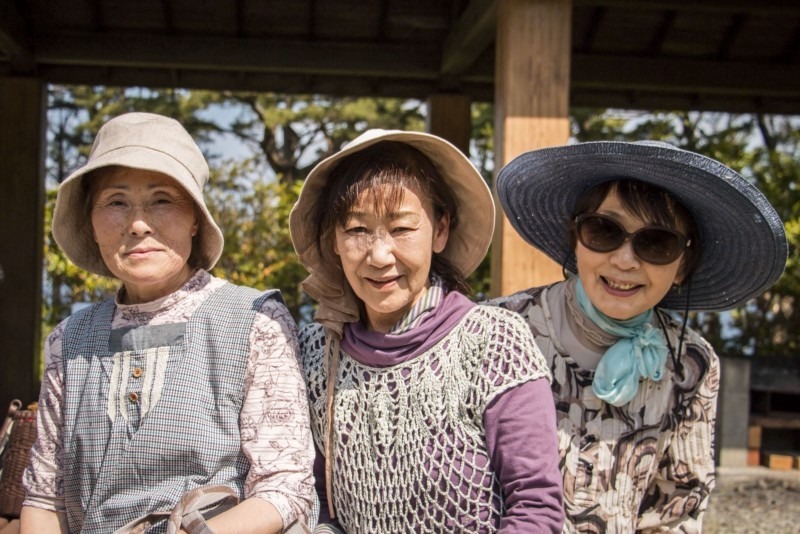Perhaps the most important and far-ranging phenomenon to consider when marketing any product or service in Japan is the sheer power represented by the huge and growing demographic of its aging society.
With the most accelerated aging trend in the entire world, Japan’s numbers are astounding. As has been widely reported, the government forecasts that by the year 2025, about 30% of Japan’s population will be aged over 65 — that’s compared to 20% right now. For the sake of comparison, in the United States, which has its own aging tidal wave, only 20% of the population will be aged over 65 in the year 2025 (compared to about 15% right now).
Up until this point, most endeavors have focused on the obvious, with the emergence of “new” businesses such as home delivery of catering, neighborhood day care for the elderly and at-home nursing care services,– not to mention the growth of already existing businesses such as nursing homes, funeral services, and so on.
However, I always like to point out that the aging of Japan is not just about “wheelchairs, canes and crutches,” nor is it just about “those aged over 65.” As in the U.S., the growing number of those aged 50 to 65 also represents terrific potential for marketing everything from financial and investment products to preventative health and nutritional products to hobby-related sports and travel — practically any product or service imaginable.
In addition to the over 25 million Japanese consumers who are already aged 65 or older, there are several key up-and-coming sub-segments in older aged demographic. These include the so-called “Dankai Generation,” typically defined as those born during Japan’s first baby boom from 1947 and 1949. These consumers represent nearly 7 million consumers, and began retiring in large numbers in 2007. Now aged 63~65, they are already spurring innovation and consumption in markets such as healthcare, travel and home refurbishments.
Meanwhile, those aged in their 50s represent another swell of approximately 9 million consumers, followed by those in their early 60s, which represent approximately 5.0 million consumers.
Based on available consumption and disposable income data, we know that those in older age groups — beginning in the mid-fifties — raise their consumption levels considerably compared to their earlier years, and continue to spend at a much higher level throughout retirement.
Indeed, some estimates value spending among “those aged over 60” in Japan as surpassing 100 trillion yen as early as 2015.
Aside from the consumer aspects, the effects of this aging phenomenon in Japan, as in any society, are widespread and cross several generations. We see many women, for example, having to take on “parent care” responsibilities while at the same time still raising children under college age. Similarly, many of those aged in their 40s and 50s and at the peak of their careers might be required to take time off to care for ailing parents. Certainly, companies will need to address this pending workforce vulnerability with enhanced HR programs that address these employees’ needs in a practical manner.
One of the most high-impact opportunities that Japan’s aging society presents is that of providing Japan Inc. with a perfect chance to take a leadership position in in showing the world how to handle the challenges presented by an aging society with grace. This would include not only product and service innovation, but importantly, providing individuals and families with the types of support hat will be needed considering longer life-spans and more independent living circumstances.
Debbie Howard is Chairman of CarterJMRN KK, and President Emeritus of the American Chamber of Commerce in Japan. She is also a Visiting Professor of marketing at Sophia University.
Originally Published in Nikkei Weekly, 2nd July 2012
CarterJMRN is a strategic market research agency that has been helping clients with consumers and businesses in Japan and beyond since 1989.
We believe that, although the terrain you face in building a successful marketing strategy and activation path sometimes seems obscure, the path to success is knowable and that the consumer is the guide who will show you the way.
Find out more and get in touch on our site

